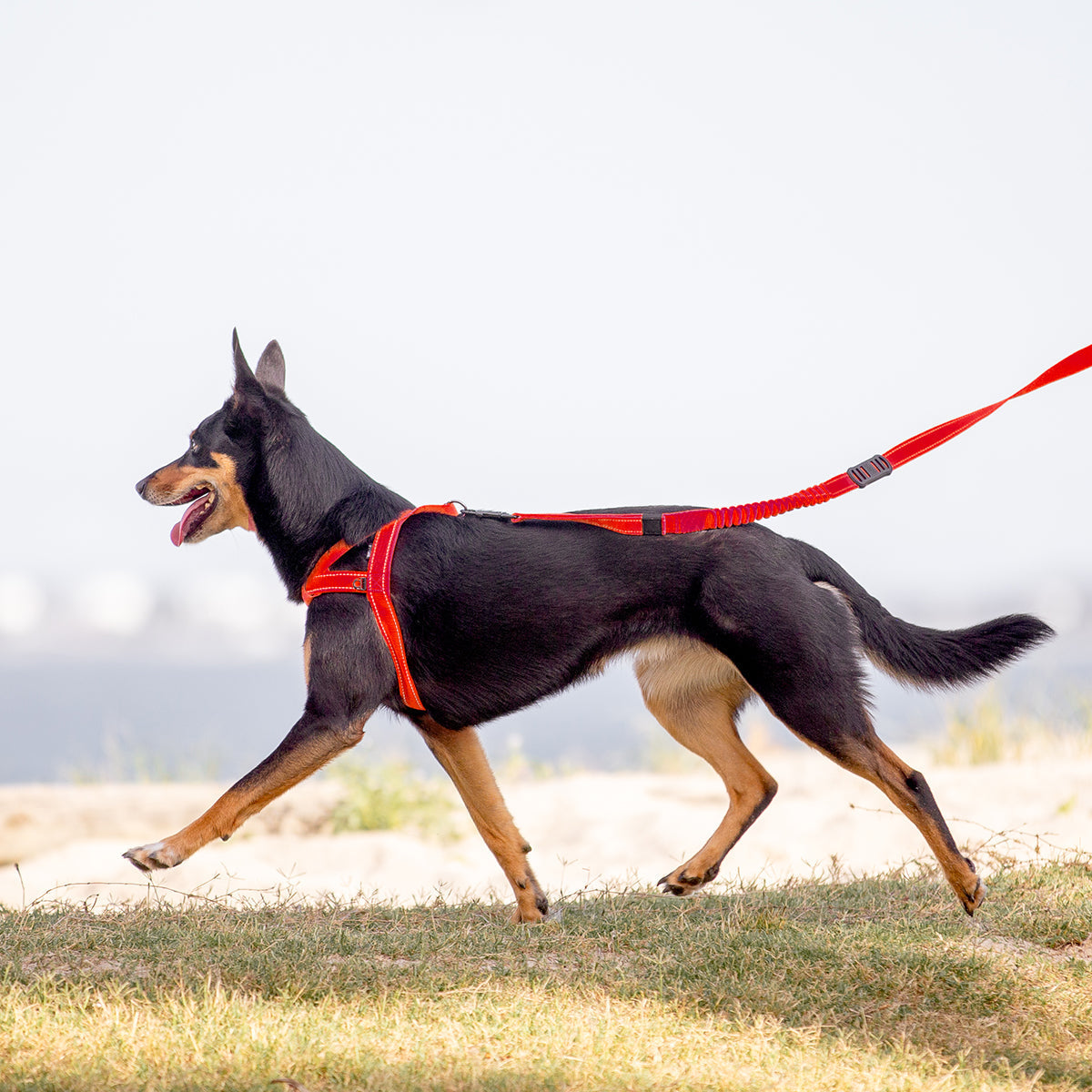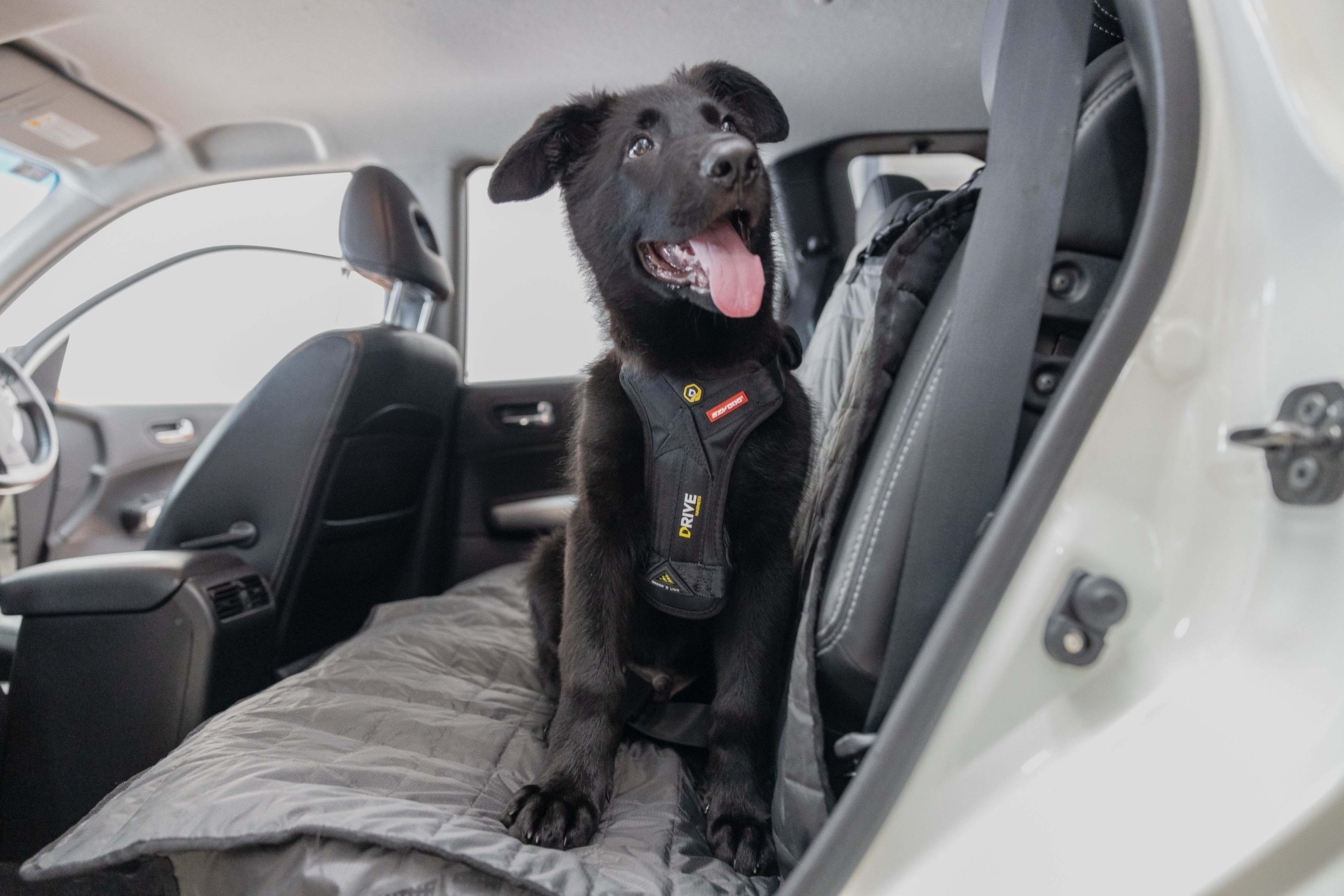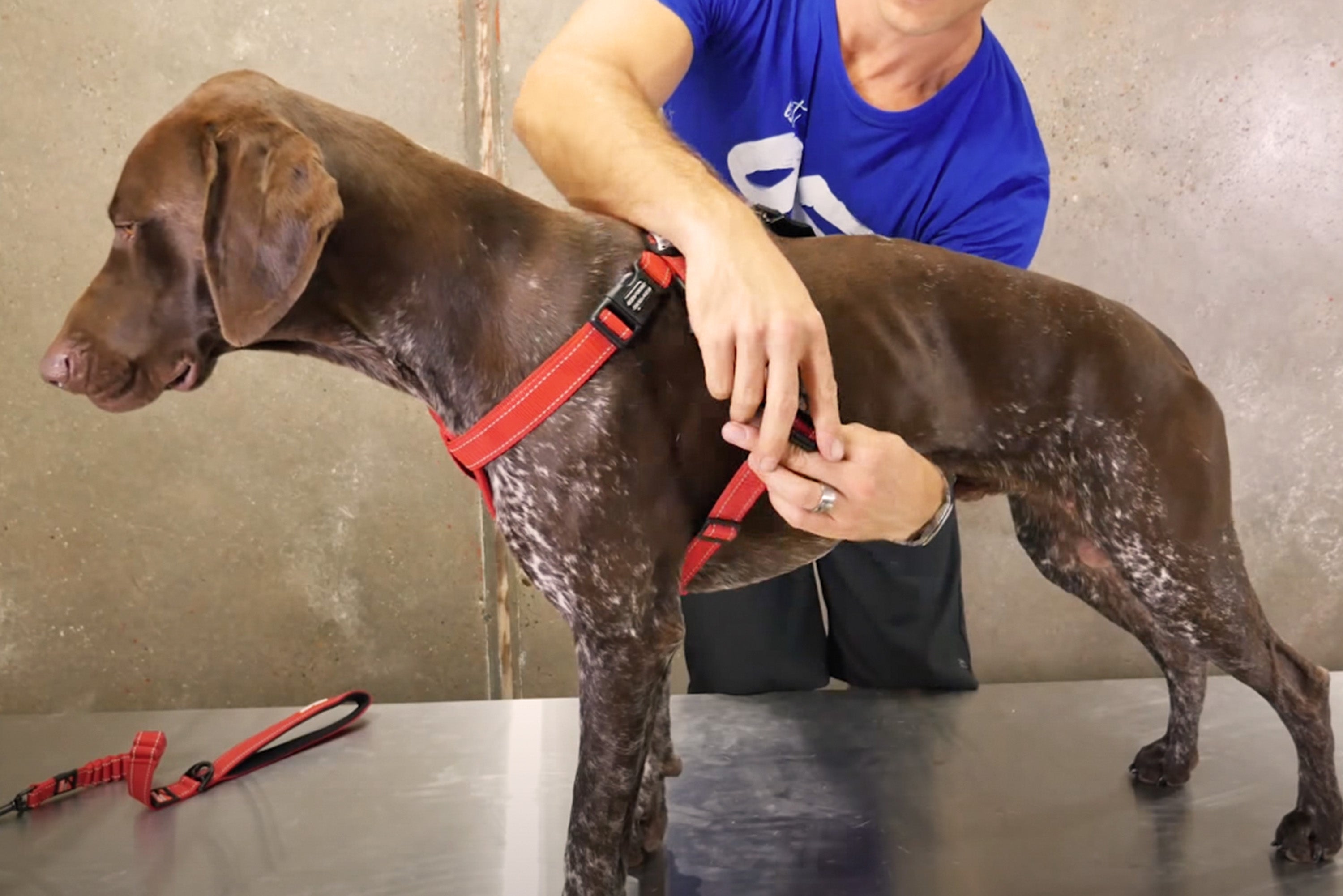
How To Choose The Best No-Pull Dog Harnesses (Tested & Reviewed)
There’s nothing more frustrating than being dragged down the street by an excited dog on a leash. While pulling is a common issue among dogs of all breeds and sizes, it can lead to dangerous situations, discomfort, and make daily walks unpleasant.
Fortunately, the right no-pull dog harness can provide the control you need while keeping your dog safe and comfortable.
In this buyer’s guide, we’ll break down the best harnesses for pulling dogs and help you choose one that suits your dog’s behaviour, size, and activity level.
Why Do Dogs Pull on the Leash?
Pulling isn’t always a behaviour problem. Often, dogs pull because:
-
They’re excited: Most dogs naturally walk faster than humans. Without training, they'll pull just to move forward faster.
-
It works: If pulling gets them where they want to go, they'll keep doing it.
-
They lack guidance: Dogs not conditioned to walk beside you will rely on their own instincts.
-
They’re wearing the wrong gear: Traditional collars or back-clip harnesses can encourage pulling by making it comfortable for dogs to lean forward.
How the Right Harness Can Help Reduce Pulling
A no-pull harness is designed to change how a dog experiences tension on the leash. Here's how it helps:
-
Redirection: Front-clip harnesses redirect forward momentum to the side, turning the dog slightly toward you.
-
Pressure Distribution: A well-fitted harness spreads pressure across the chest and shoulders instead of the neck.
-
More Control: With the right fit, you have better control over direction without causing discomfort.
-
Training Reinforcement: No-pull harnesses work best alongside leash training to create long-term walking habits.
Key Features to Look for in a No-Pull Dog Harness
Choosing the right harness means understanding how each feature affects comfort and control:
Front Clip Design
The D-ring on the chest helps redirect pulling motion to the side, giving you more control and discouraging forward lunges.
Adjustable Straps
A good harness should have multiple adjustment points for a snug, secure fit. This prevents slipping or chafing and ensures the harness stays in place.
Padding & Comfort
Look for padded chest and belly panels to reduce rubbing during long walks. Breathable materials also help with temperature control.
Durable Materials
Strong webbing, reinforced stitching, and heavy-duty buckles are essential for dogs that pull hard. Lightweight mesh may not be enough for strong pullers.
Comparison Table: Top Harness Types for Pulling Dogs
|
Harness Type |
Best For |
Clip Position |
Anti-Pull Effectiveness |
|
Front-Clip Only |
Training medium-strength pullers |
Chest |
High |
|
Dual-Clip Harness |
Flexible control for all dogs |
Chest + Back |
Very High |
|
Step-In Harness |
Casual walkers (not ideal for pullers) |
Back |
Low |
|
Headcollars |
Extreme pullers with training guidance |
Muzzle |
Moderate |
Top Harness Picks for Dogs That Pull
Quick Fit Harness
A simple, easy-on harness with a secure fit and padded chest section. Great for light to moderate pullers who need comfort and control.
Convert Harness
Heavy-duty and rugged, perfect for strong, large dogs. Offers strong side panels and custom label options for working or outdoor dogs.
Crosscheck Harness
Designed specifically to deter pulling by applying gentle pressure around the girth. Ideal for training new walkers or redirecting strong pullers.
Drive Car Harness
Doubles as a walking and car safety harness. Crash-tested and padded, this is excellent for owners who want security both on the road and at the park.
Choosing the Right Harness by Dog Size or Breed
|
Size / Breed Type |
Suggested Harness Style |
|
Small Dogs (Cavoodle, Maltese) |
Lightweight, padded front-clip harness |
|
Medium Dogs (Beagle, Border Collie) |
Dual-clip for flexible training |
|
Large/Strong Dogs (Staffy, Lab, Husky) |
Convert or Crosscheck Harness |
|
Flat-Faced Breeds (Pug, Frenchie) |
Soft harness with wide chest padding |
How to Fit a No-Pull Harness Properly
-
Measure before buying: Refer to the Dog Harness Size Guide to get accurate neck and chest measurements.
-
Two-finger test: Once on, you should be able to slide two fingers between the harness and your dog.
-
Positioning matters: The chest ring should sit high on the sternum. Straps shouldn’t cut into armpits.
-
Watch for chafing or escape attempts: Dogs uncomfortable with the fit may resist or try to back out.
Troubleshooting: What If Your Dog Still Pulls?
Even with the best harness, dogs need reinforcement and patience. Try these:
-
Practice inside first: Start leash training in your backyard or hallway.
-
Reward calm walking: Use treats or praise every time your dog walks beside you.
-
Use a training lead: A dual-clip leash can connect to both chest and back rings for added guidance.
-
Keep sessions short: Build up from 5-minute walks to longer outings over time.
Final Tips for Buying the Right Harness
-
Match the harness to your dog’s behaviour, size, and energy level
-
Consider multi-purpose designs for travel, jogging, or working dogs
-
Don’t sacrifice comfort for control – your dog should enjoy the walk too
FAQs:
1. Which is the best harness to stop a dog from pulling?
The best no-pull harness is one that fits comfortably and evenly distributes pressure to discourage pulling without causing discomfort. Front-clip harnesses are especially effective as they gently redirect your dog’s movement when they try to pull.
2. Do No-Pull dog harnesses really work?
Yes, no pull harnesses are designed to reduce pulling by redirecting your dog’s direction or distributing pressure across their body. While not all dogs respond the same, most show significant improvement in leash behaviour.
3. What is the difference between a No-Pull harness and a regular harness?
A regular harness clips at the back, which can actually encourage pulling. A no pull harness usually has a front clip or control feature that redirects your dog toward you when they try to pull, helping to reinforce better walking habits.
4. How do I stop my dog from pulling on his harness?
Use a front-clip no pull harness and combine it with consistent training. Reward your dog for walking beside you and stop walking when they pull. Over time, your dog learns pulling won’t get them where they want to go.
5. Should I use a prong collar on my dog?
Prong collars are not recommended as they can cause pain or injury. A well-fitted no pull harness is a safer and more humane way to manage pulling and teach good leash behaviour.
6. Are No-Pull harnesses bad for dogs’ shoulders?
When used correctly and fitted properly, no pull harnesses are safe and do not harm your dog’s shoulders. Avoid overly tight or poorly designed harnesses, and monitor your dog for any signs of discomfort.
7. Do front clip harnesses stop pulling?
Yes, front clip harnesses are one of the most effective tools to reduce pulling. They redirect your dog’s chest and make it easier to manage movement without causing strain.
8. Is a collar or harness better for a dog that pulls?
A no pull harness is generally better than a collar for dogs that pull. Collars can cause strain on the neck, while a good harness distributes pressure safely and gives you better control.
9. What’s the best collar for a dog that pulls?
If you prefer using a collar, a martingale collar can be a gentle option for some dogs. However, for consistent pullers, a front-clip harness is still the more effective and safer choice.
10. Do harnesses encourage pulling?
Back-clip harnesses can sometimes encourage pulling because they mimic the resistance of a sled dog’s harness. No pull harnesses, especially with front clips, are designed to counteract this behaviour and encourage loose leash walking.
Final Thoughts
Finding the right no-pull harness can be a game changer for daily walks. Whether your dog pulls out of excitement, instinct, or simply because they can – the right gear paired with positive training can make walks enjoyable again.
Explore our trusted range of no-pull dog harnesses and bring calm back to your leash today.




Leave a comment
This site is protected by hCaptcha and the hCaptcha Privacy Policy and Terms of Service apply.